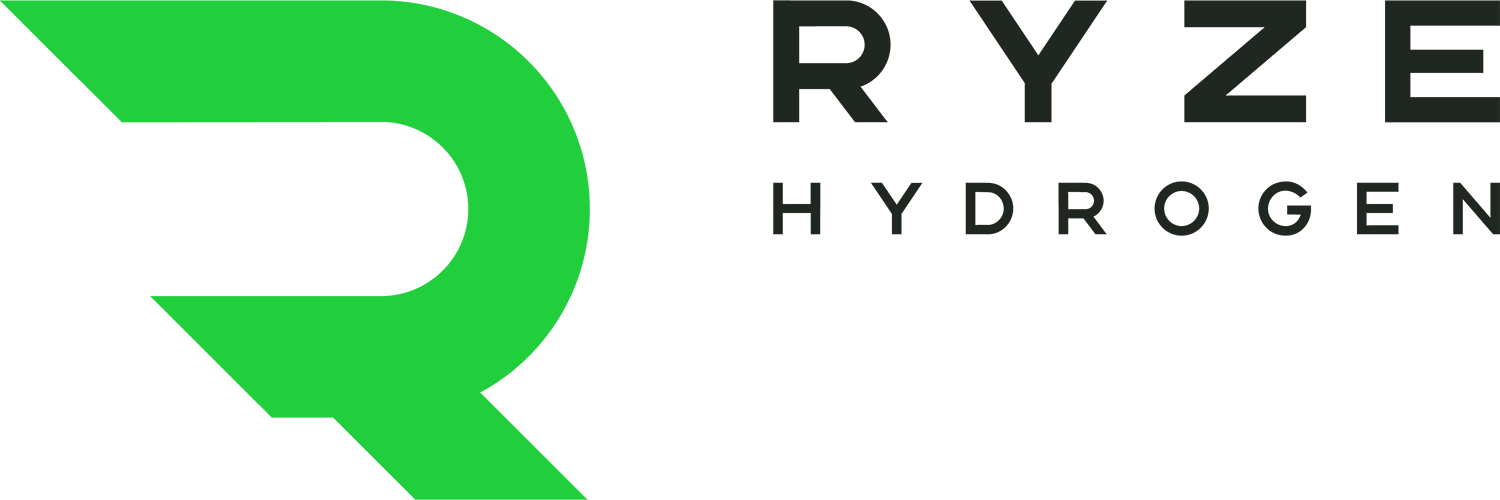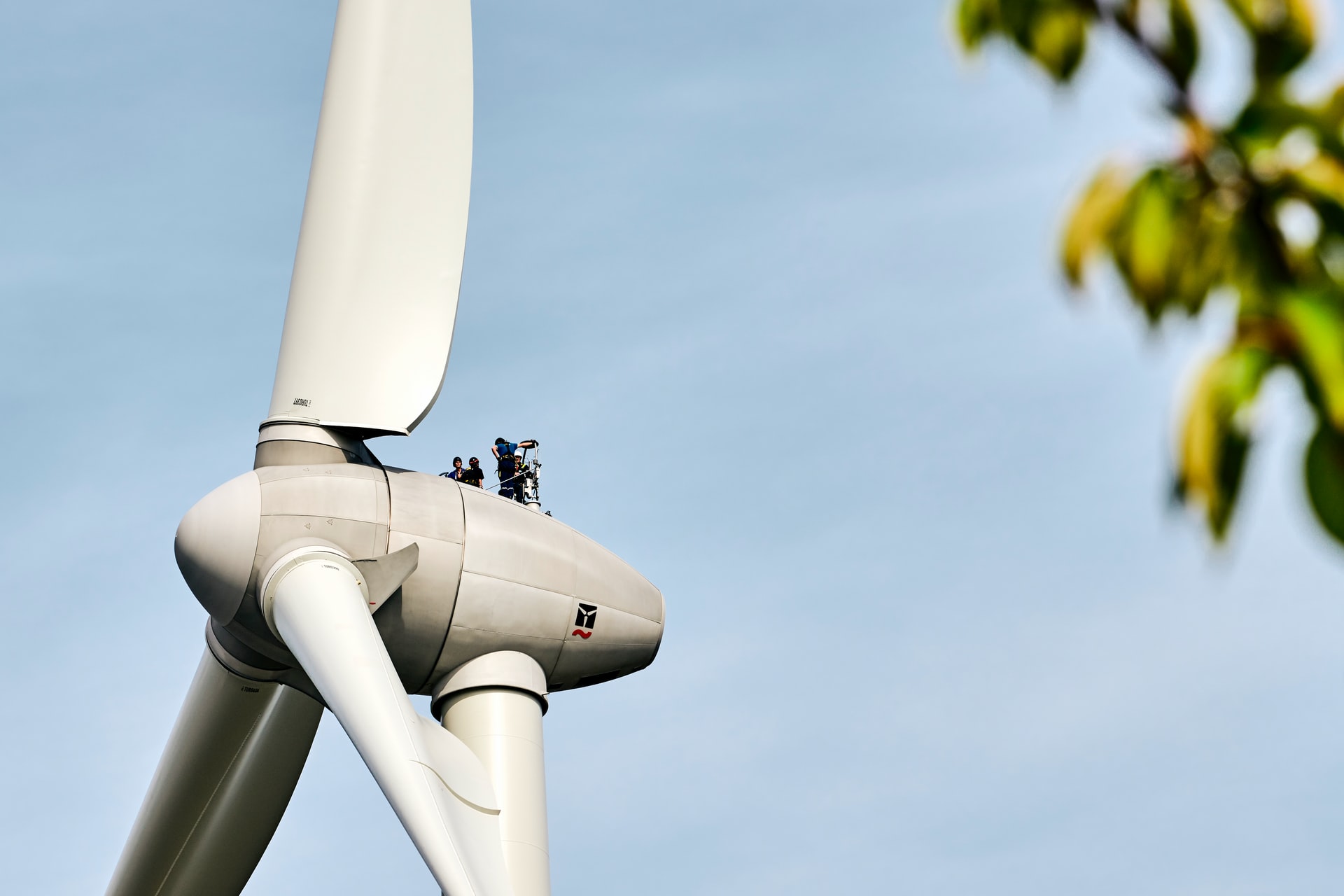Green energy could be greener still with the help of hydrogen.
While wind turbines produce a fraction of the carbon dioxide emitted by coal- and gas-fired power plants, they still have a carbon footprint.
Over its full lifecycle, a wind turbine produces about 0.011 kg of CO2 per kWh, less than 2.5% of that from a natural gas plant, according to the U.S. National Renewable Energy Laboratory. That is likely a conservative estimate because wind turbines are considerably more powerful today than when the study was carried out.
Recycling wind turbines can reduce their carbon footprint by about 35%, while life extensions and repowering can also greatly reduce emissions.
However, it is in the manufacture and servicing of wind turbines that clean hydrogen can help the most.
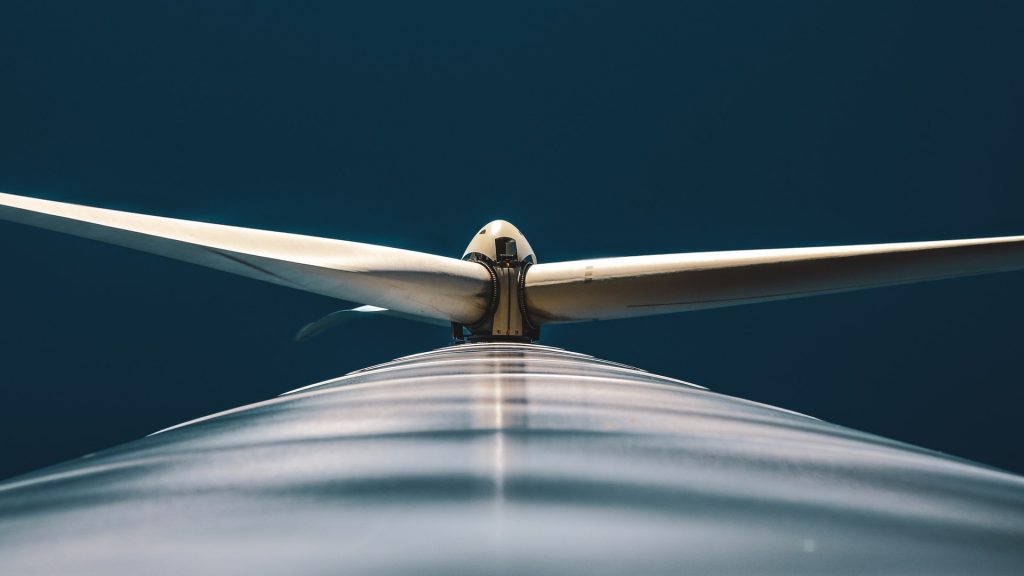
It is in the manufacture and servicing of wind turbines that clean hydrogen can help the most.
About 70% of a typical wind turbine by mass is made of steel with about a further 10% made of iron. Clean hydrogen is currently the only viable solution for decarbonising steel production. Burning hydrogen instead of coking coal in the direct reduction process dramatically reduces its carbon footprint and, by association, that of wind turbines.
The world’s first green steel made with clean hydrogen was produced last year by Swedish green steel venture HYBRIT, which is aiming to demonstrate the technology on an industrial scale as early as 2026.
Steel production accounts for about 8% of global carbon emissions.
Another major source of carbon emissions for the offshore wind industry is the vessels used to deliver and service turbines.
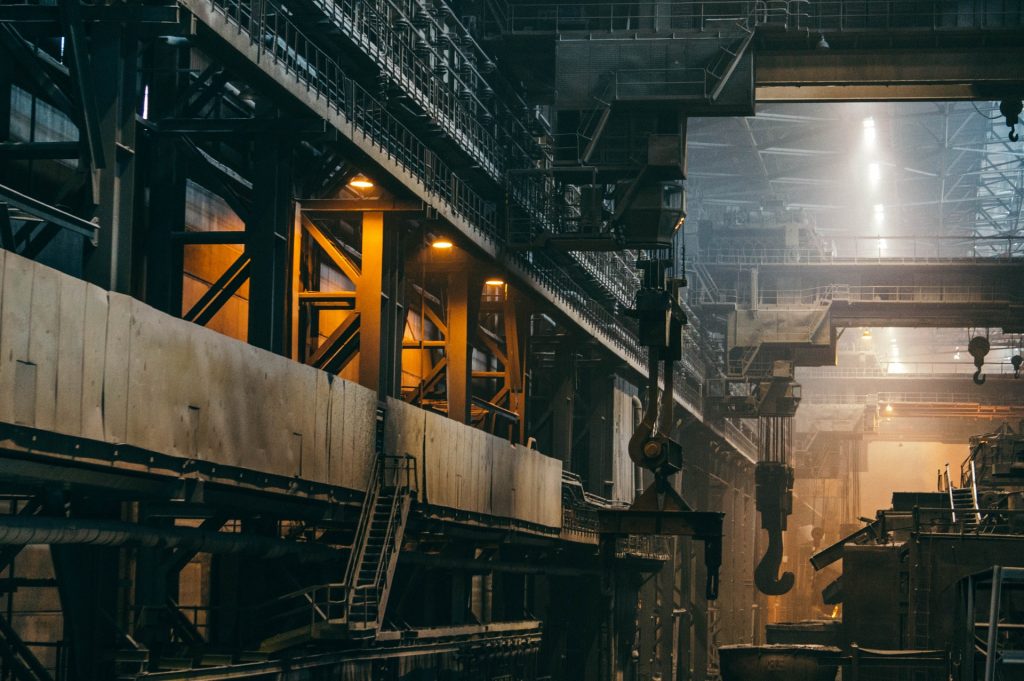
Steel production accounts for about 8% of global carbon emissions.
Hydrogen is also key to providing a solution to that problem. Vestas, the world’s biggest wind turbine manufacturer, has launched a pilot program to test the use of hydrogen-powered crew transfer vessels to help reduce carbon emissions from offshore service operations.
The boats, developed by Windcat Workboats, CMB.Tech and MAN Engines, will begin operations at the Norther offshore wind farm in the Belgian North Sea from 15 July to the end of the year.
Vestas expects to be able to reduce CO2 emissions by 158 tonnes using the hydrogen-powered vessel, 37% less than a traditional crew transfer vessel, numbers it will aim to validate during the pilot. No CO2 is produced from burning hydrogen in engines.
Offshore wind projects, such as RWE and SGN’s portfolio in Scotland, are expected to be a major source of green hydrogen in the future, providing fuel for the vessels that will be used to service them, as well as fuel for the manufacture of steel to manufacture yet more wind turbines.
It’s the circular economy in action, with hydrogen at the centre.
To learn more about Ryze Hydrogen click here.
